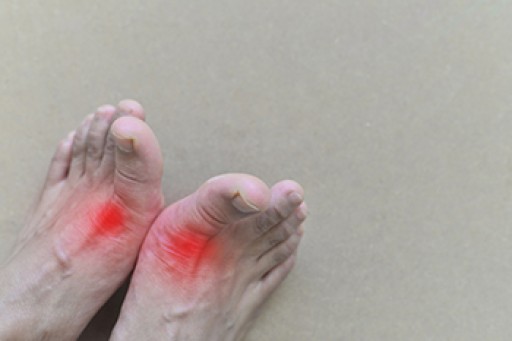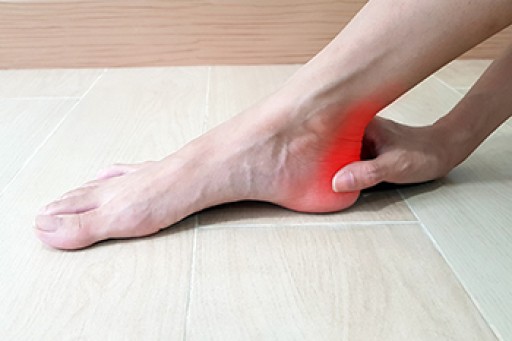
Standing for the majority of the day can wreak havoc on the entire body, specifically the feet. The restaurant business, hospital employees, and retail positions are careers that often fall into this category. There are methods that can protect the feet during the work day. These can include resting the feet as often as possible, and stretching them while standing can help to keep the muscles and joints flexible. Many people choose to stand on a stress mat, which is constructed of rubber materials that can help to cushion the feet while standing. Additionally, it is beneficial to wear shoes that are comfortable and fit correctly, and this may reduce the risk of developing specific foot conditions. These can include corns, bunions, and heel problems that can range from heel spurs to plantar fasciitis. Soaking the feet in warm water after the work day will help to relax the muscles, and provide an overall good feeling to the body. If you would like to know more about how to protect your feet while working, please speak with a podiatrist who can provide you with helpful tips.
While working on the feet, it is important to take the proper care of them. For more information about working on your feet, contact one of our podiatrists from Community Foot Specialists. Our doctors will treat your foot and ankle needs.
Working on Your Feet
Standing on your feet for long periods of time can cause stress and pain in your feet. Your whole body may experience change in terms of posture, back pain, bunions, callouses and or plantar warts. There are ways to avoid these conditions with proper foot care, smart choices and correct posture.
Positive Changes
Negative heeled shoe – Choosing this shoe type places the heel slightly lower than the ball of the foot. These are great for overall foot health. Find shoes that fit you correctly.
Go barefoot – Our feet were not designed to be enclosed for all hours of the day. Try to periodically expose your feet to air.
Eliminate Pain
Foot Exercises – Performing simple exercises, incorporating yoga and doing stretches are beneficial. This will allow increased blood flow to the area and muscles of the foot.
Achilles tendon – Stretching the foot out flat on the floor will relax the calf muscles and tendon. These exercises can be performed almost anywhere. Make sure you add these exercises to your daily regimen.
With a little bit of this information and knowing more about foot health, you will notice changes. Foot stretches and proper footwear will help with pain and prevent further issues.
If you have any questions please feel free to contact our offices located in Beavercreek, Dayton, and Vandalia, OH . We offer the newest diagnostic and treatment technologies for all your foot and ankle needs.











